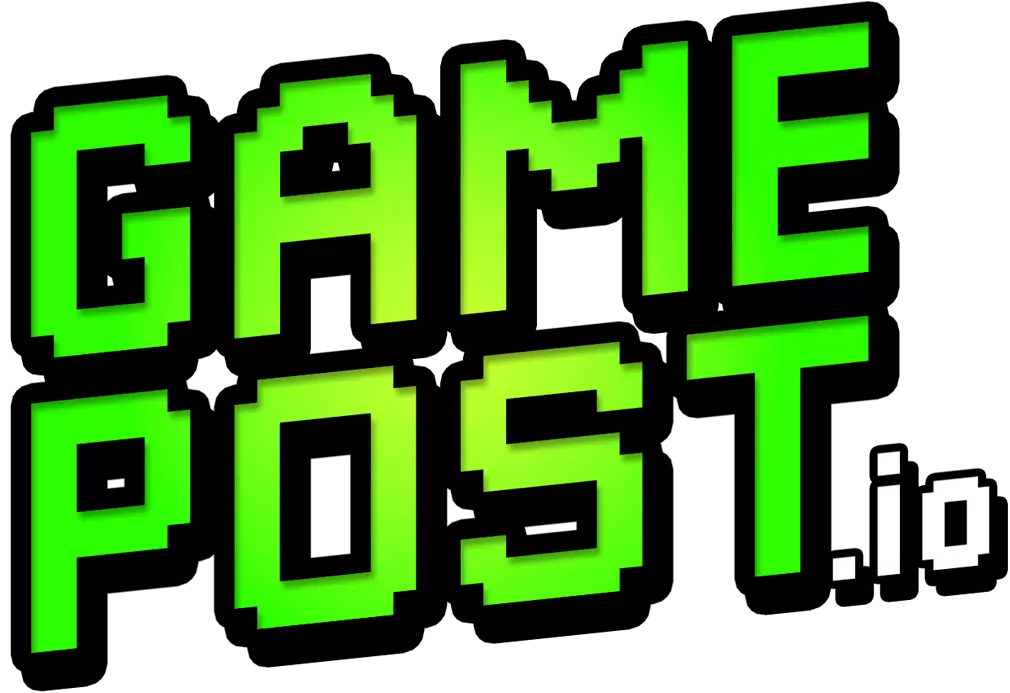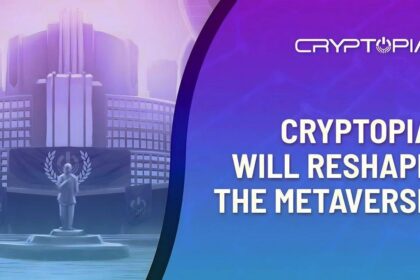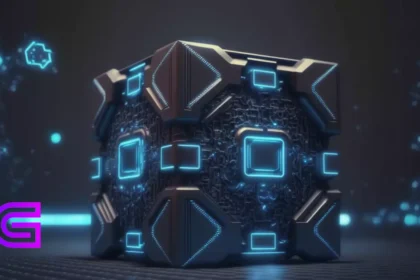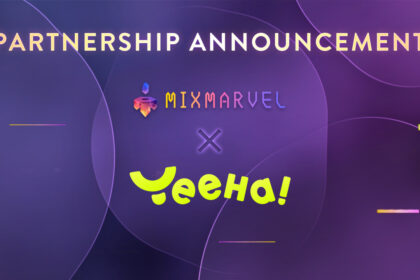The landscape of gaming has witnessed significant evolution, transitioning from traditional Web2 gaming to the innovative world of Web3 gaming. This shift is underscored by several pivotal differences that are reshaping how gamers interact with digital entertainment.
In the traditional Web2 gaming ecosystem, games operate on centralized servers controlled by developers and publishers. Within this framework, in-game assets such as skins, weapons, or character enhancements are developed and regulated solely by the game creators. These assets cannot be transferred or traded outside the game’s ecosystem, imposing a significant limitation on players’ ownership and value retention. Furthermore, monetization models in Web2 gaming often revolve around purchasing in-game items through microtransactions, subscription fees, or ad revenue, resulting in a one-sided benefit favoring game companies.
In contrast, Web3 gaming introduces a paradigm shift through its decentralized nature, enabled by blockchain technology. One of the cornerstone features of Web3 gaming is the concept of digital ownership of in-game assets via Non-Fungible Tokens (NFTs). Unlike traditional game assets, NFTs grant players true ownership, allowing them to buy, sell, and trade items across different games and platforms. This revolutionary change ensures that the time and resources invested by players in acquiring these assets translate into real-world value.
Blockchain’s decentralized ledger system also plays a critical role in enhancing transparency and security, eliminating the need for intermediaries and reducing the risk of fraud. Additionally, Web3 gaming leverages the play-to-earn model, enabling gamers to earn cryptocurrency by participating in games. This model not only democratizes the gaming economy by rewarding players for their engagement and skills but also opens new revenue streams that were unimaginable in the Web2 ecosystem.
These profound differences between Web2 and Web3 gaming matter significantly as they herald a new era of digital engagement. By advocating for decentralization, digital ownership through NFTs, and innovative monetization models, Web3 gaming has the potential to revolutionize the gaming experience, making it more equitable, transparent, and rewarding for players worldwide.
Benefits of Web3 Gaming for Web2 Gamers
Web3 gaming offers a myriad of advantages for gamers accustomed to the traditional Web2 platforms. One of the most significant benefits is the concept of true digital ownership of in-game assets. Through the use of blockchain technology, assets such as skins, weapons, and other collectibles can be fully owned by the players. This allows for the unprecedented opportunity to trade, sell, or even rent these assets outside the game’s ecosystem. As a player, you are no longer restricted by the rules and policies of a single game or platform; your assets have genuine, transferable value.
Additionally, Web3 gaming introduces enhanced security and transparency. Blockchain’s decentralized nature ensures that all transactions are immutable and transparent. This removes the risk of fraud and hacking attempts which can be prevalent in centralized Web2 environments. Players can confidently engage in economic activities within and outside the game, knowing that their assets and transactions are secure.
Another revolutionary aspect of Web3 gaming is the play-to-earn model. Unlike traditional Web2 games where playtime often equates to sunk cost, Web3 platforms offer gamers the chance to generate real-world revenue. By participating in in-game activities, completing quests, or competing in tournaments, players can earn cryptocurrency or valuable digital assets that can be traded on marketplace platforms. This creates new, lucrative revenue streams for both casual and professional gamers.
The community-driven nature of Web3 games is another compelling reason for Web2 gamers to make the transition. Many Web3 games incorporate governance systems that involve players directly in decision-making processes, from game development to economic policies. Such player-centric approaches foster a more engaged and invested community, where the voices of gamers can influence the future direction of the game.
Understanding these benefits makes a compelling case for why a Web2 gamer should consider transitioning to Web3. The potential for true asset ownership, enhanced security, new revenue models, and a more inclusive community marks the beginning of a new era in the gaming world.
Practical Steps to Start Web3 Gaming
Starting your journey into Web3 gaming can seem daunting, but with a few practical steps, you can smoothly transition from Web2 to Web3 gaming. The first crucial step is setting up a digital wallet, such as MetaMask. MetaMask serves as a gateway to the decentralized web and is commonly used to interact with Web3 applications. To get started, visit the MetaMask website, download the extension for your browser, and follow the on-screen instructions to create your wallet. Be sure to securely write down and store your seed phrase, as losing it could mean losing access to your wallet forever.
Next, you’ll need some cryptocurrency, typically Ethereum (ETH), to participate in Web3 environments. Cryptocurrencies can be purchased on various exchanges such as Coinbase, Binance, or Kraken. Once you’ve created an account on your chosen exchange and completed any required identity verifications, you can purchase ETH using traditional fiat currencies. After purchasing ETH, transfer it to your MetaMask wallet by copying your wallet address from MetaMask and pasting it into the withdrawal section on the exchange. Verify the details and approve the transaction.
With your MetaMask wallet set up and loaded with ETH, you are ready to connect to Web3 gaming platforms. Many Web3 games have dedicated websites that allow you to connect your MetaMask wallet to their platform. Look for options like “Connect Wallet” or “Play Now” on these websites and follow the prompts to link your wallet. Always confirm you are on the official site to avoid phishing scams.
Some popular Web3 games for beginners include Axie Infinity, a game where you collect and battle fantasy creatures called Axies, and Decentraland, a virtual world where you can buy, build, and trade properties using blockchain technology. These games provide an easy entry point into the Web3 gaming realm while offering the opportunity to earn cryptocurrency or non-fungible tokens (NFTs) through gameplay.
Security is paramount in Web3 gaming, so protect your private keys and be cautious of common scams. Never share your seed phrase or private keys with anyone, and be wary of suspicious links or offers. By following these practical steps, you can significantly reduce the technical barriers and confidently take your first steps into the exciting world of Web3 gaming.
Overcoming Common Challenges in the Transition
Transitioning from Web2 to Web3 gaming presents unique challenges that can seem daunting to traditional gamers. The first major hurdle is the steep learning curve associated with blockchain terminology. Concepts such as “smart contracts,” “decentralization,” and “non-fungible tokens (NFTs)” might be foreign to many Web2 gamers. Educational resources are pivotal in demystifying these terms. Platforms like Codecademy, Coursera, and dedicated blockchain forums offer an abundance of courses and tutorials that can help gamers get up to speed.
Another significant concern is the volatility of cryptocurrency markets. Prices of cryptocurrencies can fluctuate wildly, which might deter gamers from investing in blockchain-based assets. To mitigate this fear, it’s essential to stress the importance of responsible investing. Gamers should start small, only investing amounts they are comfortable potentially losing. Utilizing stablecoins, which are less volatile than other cryptocurrencies, can also offer a more stable entry point.
Security risks involving digital wallets and private keys add another layer of complexity. Gamers must understand the importance of protecting their digital assets. Utilizing hardware wallets, regularly updating software, and being wary of phishing schemes are vital security practices. Reputable community forums often share security tips and guidelines to help new users safeguard their investments.
The initial financial investment required for Web3 gaming can also be a stumbling block. Whether it’s purchasing cryptocurrency or buying digital assets like NFTs, the upfront cost can be intimidating. Solutions such as introductory bonuses, trial periods, and “play-to-earn” models, where gamers can earn assets by playing, can help offset initial expenditures. Many blockchain games offer free starter packs or low-cost entry options to ease new users into the space.
Finally, patience and continuous learning are integral to the successful transition from Web2 to Web3 gaming. Gamers should be encouraged to join community forums and participate in discussions. Connecting with fellow gamers and experts in the field can provide not only support but also practical insights to navigate this evolving landscape. Although the transition involves overcoming several challenges, the long-term rewards—such as true ownership of in-game assets, new economic opportunities, and innovative gameplay experiences—make the journey worthwhile.









